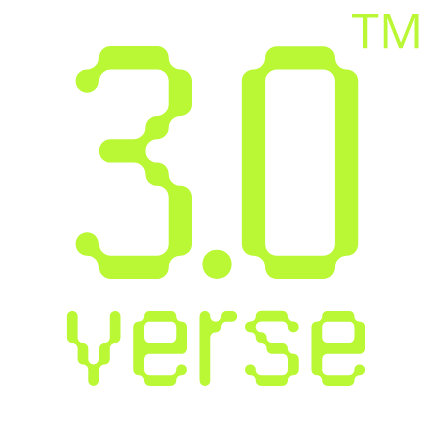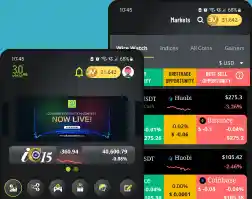Trade across top Crypto Exchanges through a single dashboard
Connect your crypto wallets to track, buy, sell, swap, and borrow digital assets
Access to 3000+ crypto currencies across top multiple exchanges
Compare crypto prices across multiple exchanges for best Bid - Ask
Swap/Lend/Borrow from a single dashboard
Multiple AI driven bots trading on top crypto currencies

